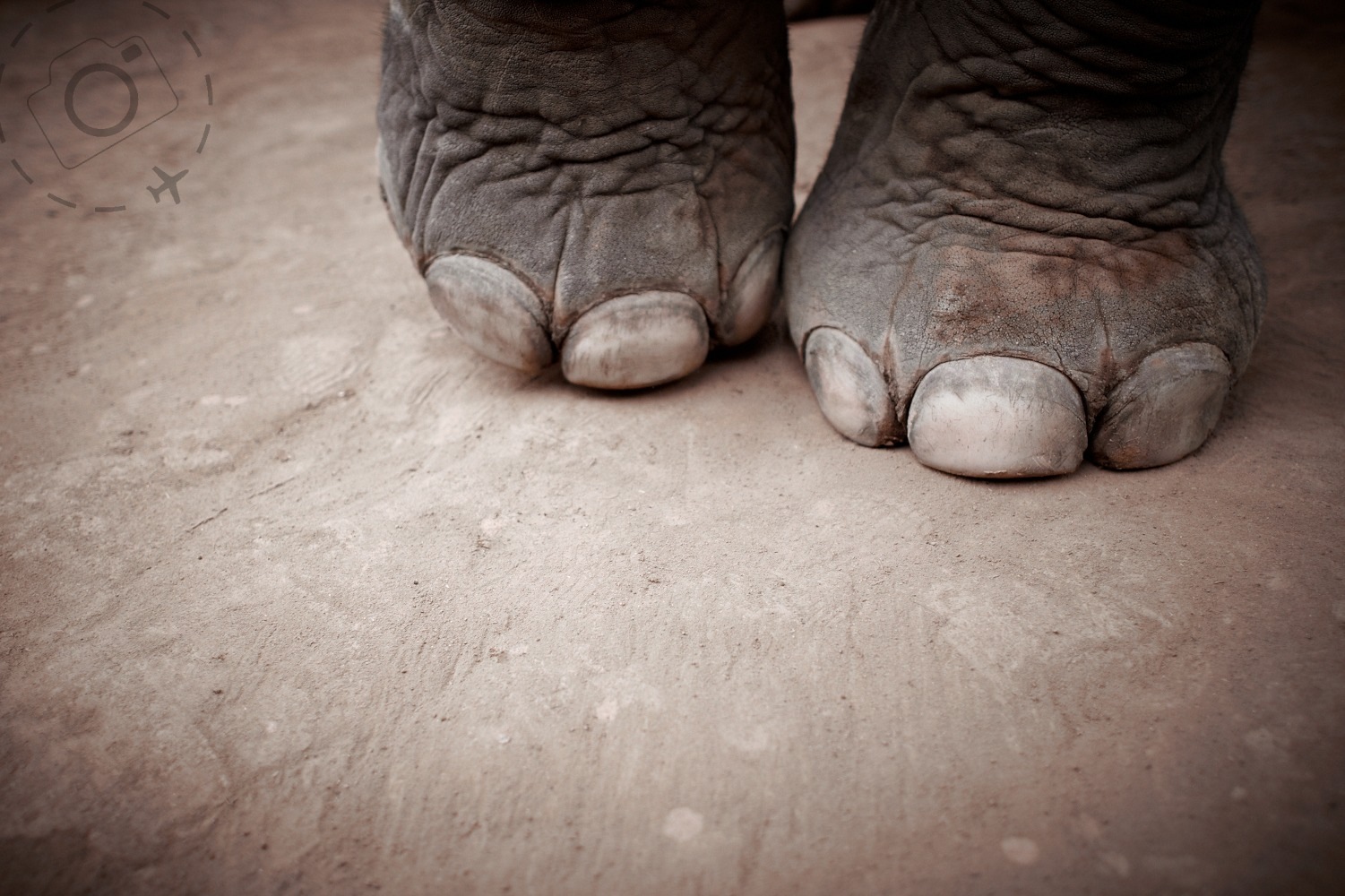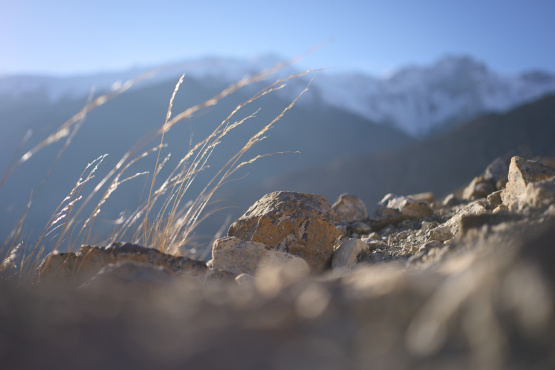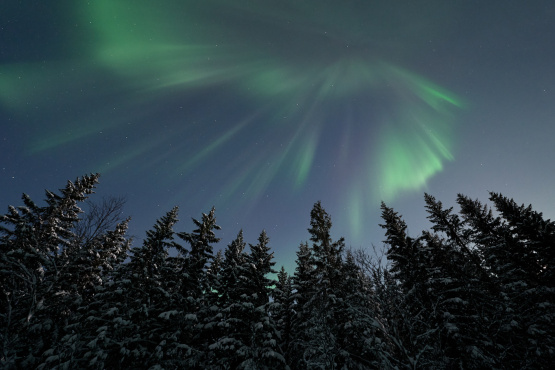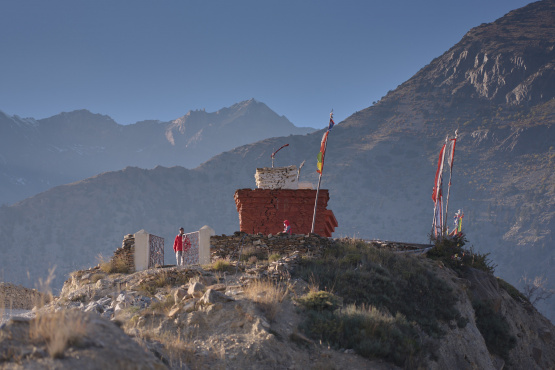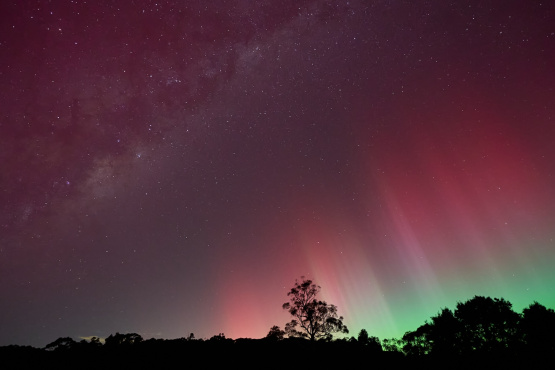My first Thailand elephant encounter was in the back of a tuk-tuk.
I was being driven through the small town of Trat when we stopped at the traffic lights to allow an elephant to pass. Although we had a green light, the driver explained that elephants have the “weight of way”. That was the only time I ever saw a tuk-tuk driver give way to anything.
Trat is a sleepy town on the Gulf of Thailand where backpackers catch the bus en-route to the island of Koh Chang, whose name means Elephant Island. If you were imagining a place full of wild beasts eating bananas and coconuts, think again. Koh Chang was originally famous for being the shape of an elephants head.
In modern times this small but well forested island has become a haven for retired elephants that the government of Thailand no longer has work for. Elephant treks in places like Koh Chang, Krabi and Khao Sok specialise in 2 hour jaunts into the jungle followed by a swim in the river. The elephants love it, and the adventures give backpackers something else to do when they tire of endless white beaches, delicious seafood and snorkelling the nearby reefs.
Kings have also found amusement with the elephants. The ancient capital of Ayutthaya still bears evidence of its elephant kraal, a large enclosure originally built from earth, stone and teak logs. Trained elephants were used as decoys to lure their wild cousins out of the forest and into the kraal. Such events took place under the instruction of the King himself, who then picked his favourites to be tamed and ridden.
In exchange for a life of servitude the royal elephants at Ayutthaya were lavished with cushions, fragrant oils and ample food served from golden bowls.
Earlier kingdoms of Siam were a little less ostentatious in their elephant adoration, but the proof of their reverence can still be seen today. Half way between Bangkok and the northern tip of Thailand are the ruins of Kamphaeng Phet, Si Satchanalai and Sukhothai. These three ancient sites are rich in temples that date back to the 13th, 14th and 15th centuries – and each site features a temple whose Thai names roughly translates to “temple encircled by elephants”.
Each “Wat Chang” has a central chedi, a multi-layered dome that represents the stages of enlightenment, supported at the base by elephants whose peaceful strength provides a foundation upon which to build wisdom.
The best preserved and least visited of the three chedi is Wat Chang Rob at Kamphaeng Phet. Any of these ancient cities are worth exploring for a day, with the help of a bicycle and a big hat to keep the sun off.
Further north, at the ancient Lanna-Thai capital of Chiang Mai, the role of elephants in Buddhist devotion was even more profound. During the late 14th century the Lanna-Thai King came into possession of a Buddhist relic. Seeking a little divine intervention he put the relic on the back of a white elephant and sent the animal into the bush to choose the site for a new temple.
Where the elephant finally rested and then died is now the site of Wat Phra That Doi Suthep, one of the most beautiful temples in all of Thailand. Doi Suthep sits high above the city of Chiang Mai where the air is cool and the view extends for miles in every direction. Inside the main temple is a golden chedi, surrounded by golden parasols and lined with golden statues of Buddha.
Monks recant parables and visitors offer incense throughout the day, and as dusk falls over the temple its golden colours are bathed in a yellow and purple sky. You don’t have to be Buddhist to be moved by the spirituality of Doi Suthep. Visitors are also welcome to purchase a small golden bell to hang outside the chedi. Just write your prayer on the chime and let the wind sing your thoughts to the universe.
The Chiang Mai region has become a central destination for elephant camps where you can ride, or learn to drive, your very own two-tonne beast. Professional elephant handlers are called mahouts, and courses are available with an hours drive of the city where you can try a few days of mahouting for yourself.
The Elephant Conservation Centre in Lampang is one of the best in Thailand. Aside from rides and mahout courses they also engage the elephants to display their traditional logging techniques. It’s a great show that makes both the elephants and the tourists happy.
The trail of elephants continues north of Chiang Mai and goes all the way to the border of Burma and Loas, at the Golden Triangle. This infamous region is marked by the meeting of the Mekong and Ruak rivers that form the borders of the three countries. Remote villages on the Thailand side of the border once cultivated opium, but these days have found a better living cultivating tourism.
Anantara Resort Golden Triangle encourages guests to moderate their five-star pampering with a 3-day mahout course, which imparts the basic skills of elephant navigation and learning how to talk with an elephant accent. You have to wake up early to make the grade as a mahout. Mornings start by heading into the forest to pickup your elephant and then taking them down to the river for a bath.
After a day of grasping commands and getting the hang of driving both you and the elephant can look forward to an afternoon river session. Be warned, they get a little more playful when they know it’s time for bed and tend to act up to prolong the pleasure.
On the third day you sit a driving test and so long as nobody gets trampled you’re issued with a license.
Elephants at the Golden Triangle camp are part of a new program that aims to take unemployed animals off the city streets. Mahouts across Thailand have been forced out of work due to reduced logging practices, and some seek whatever income they can by touting tourists in the major towns. It’s illegal to keep elephants in urban areas, but it still happens.
What makes the Golden Triangle approach different is the assistance aimed at the mahout and his family, not just the elephant. By relocating to the northern jungles a family receives health, education and lifestyle benefits in addition to their income.
The elephant has plenty to smile about too – a new life filled with food, forests and friends. Short of having a spa treatment and a massage at the resort, it’s hard to imagine how an elephant could be better off.

Keep Reading
Join Ewen's newsletter for monthly updates on new photography articles and tour offers...Subscribe Here

